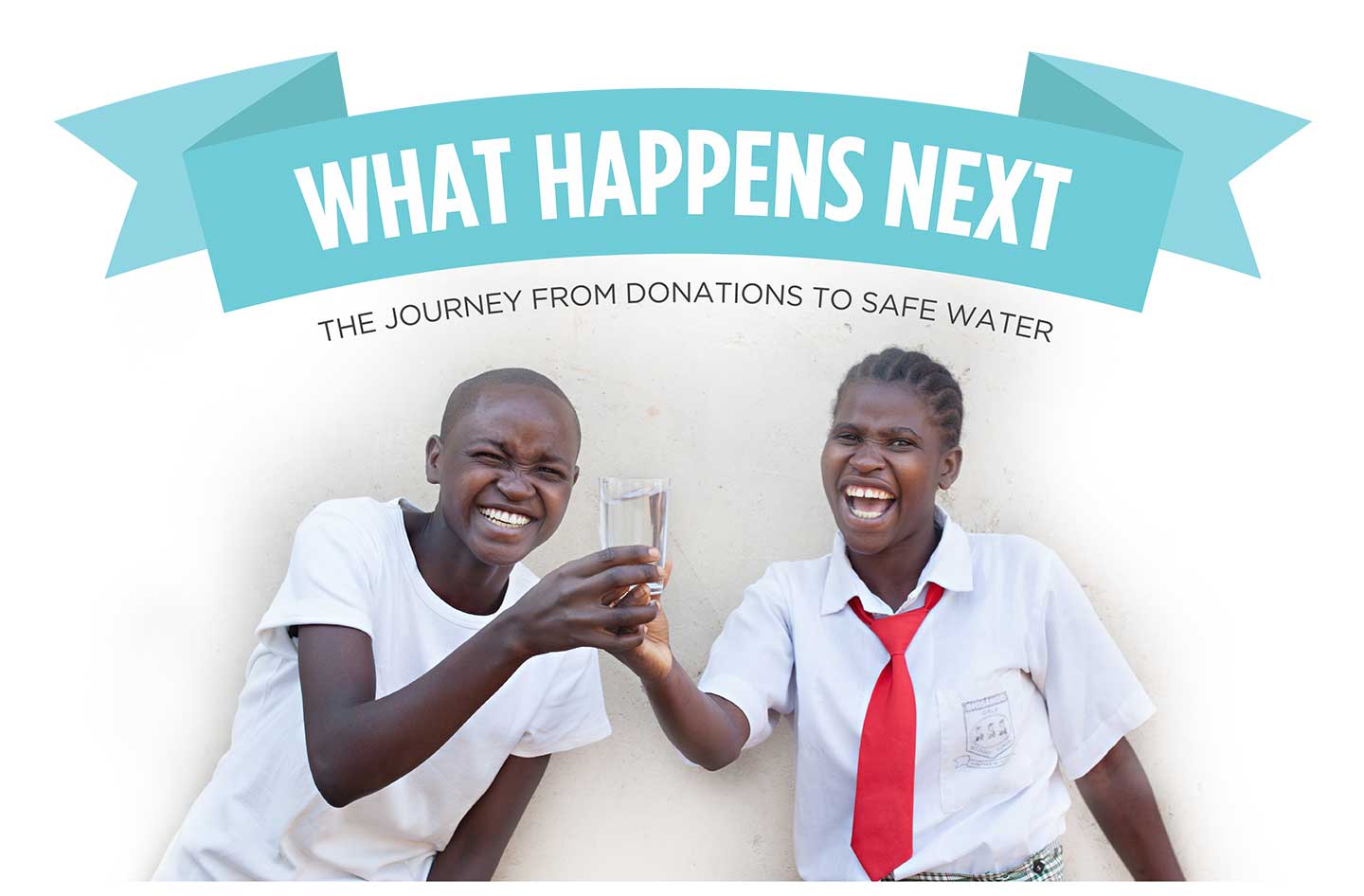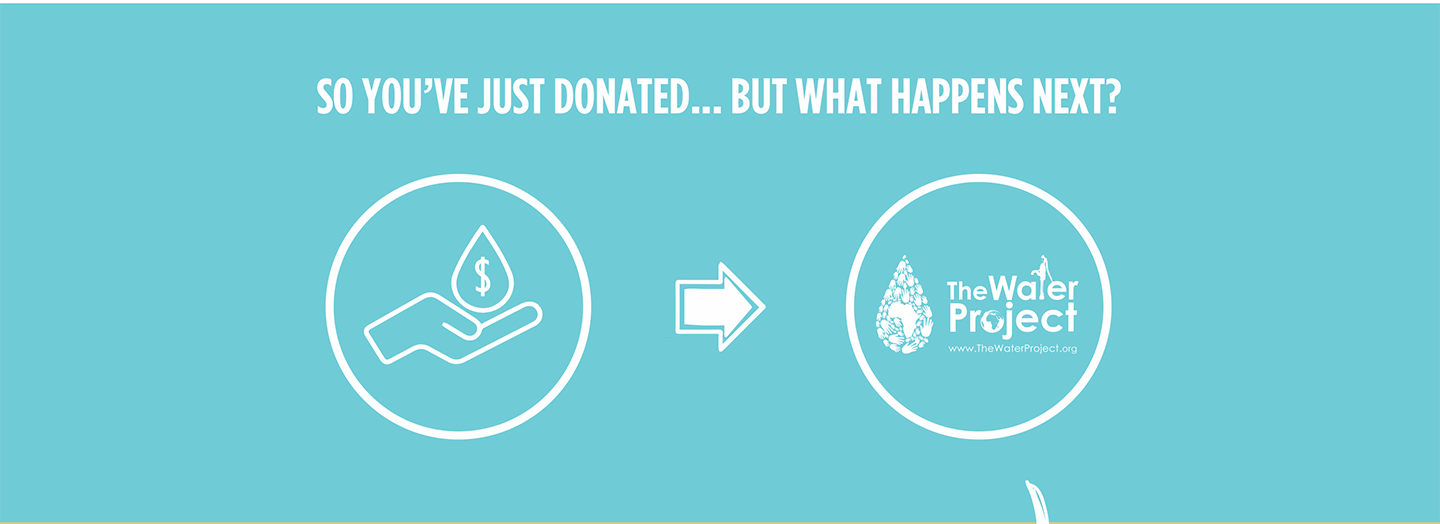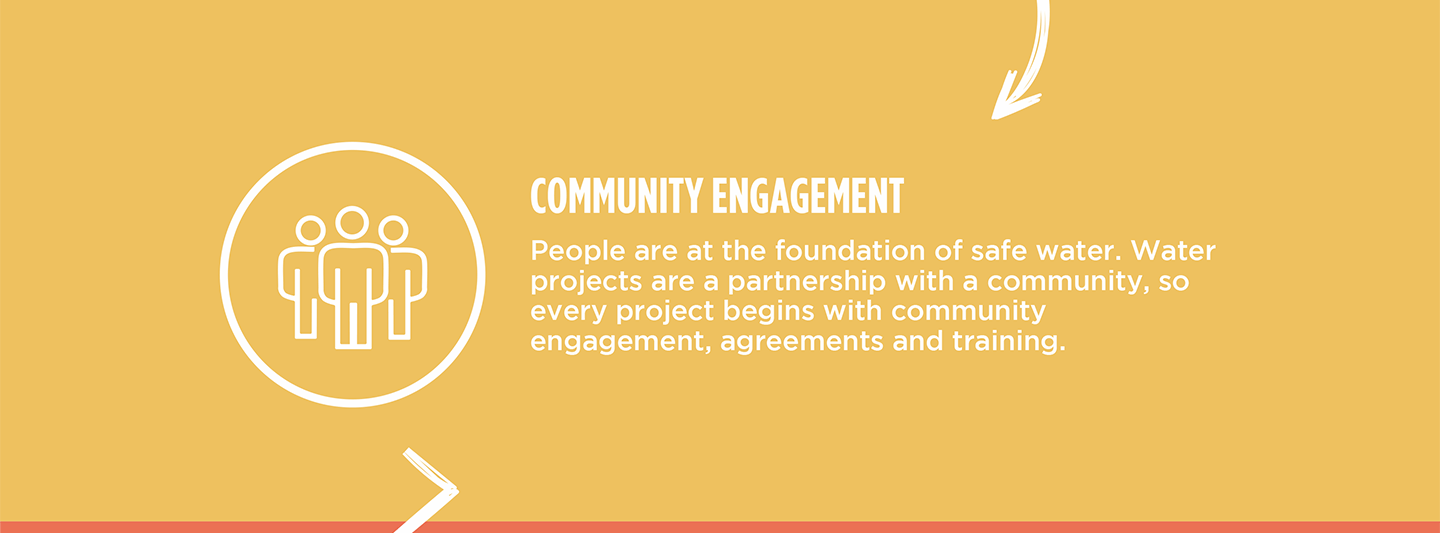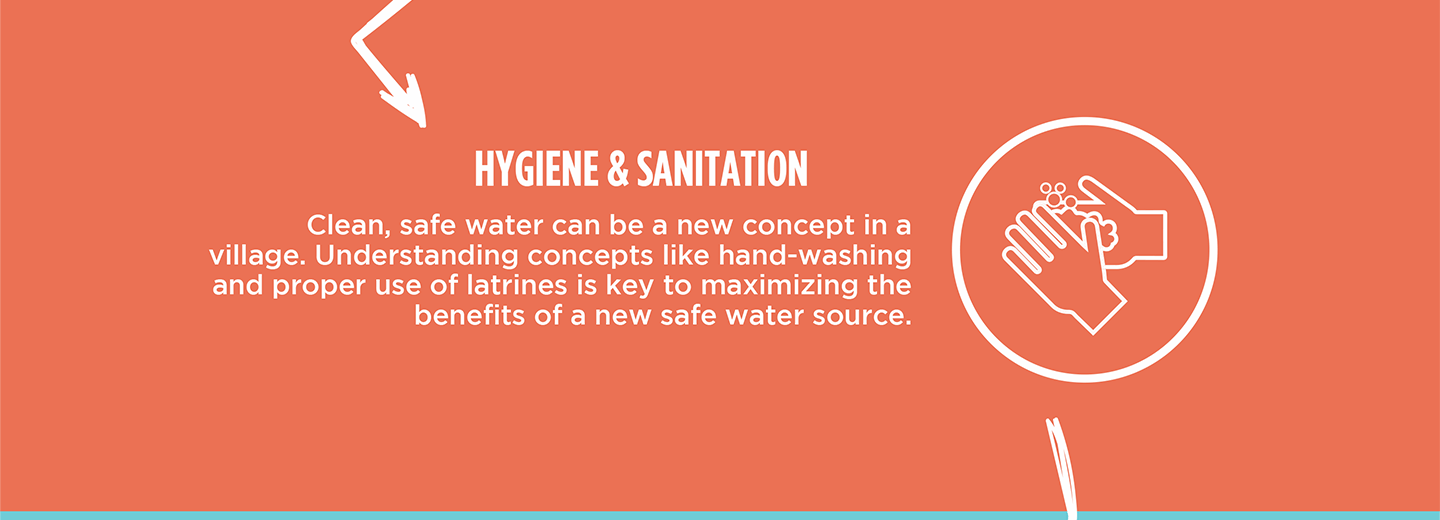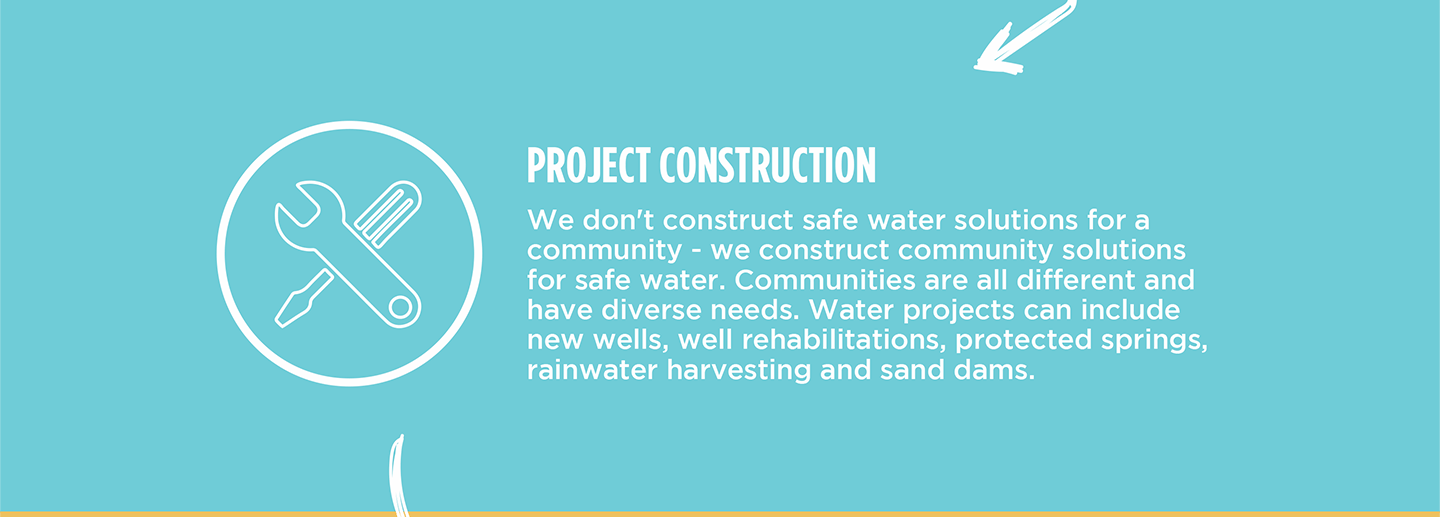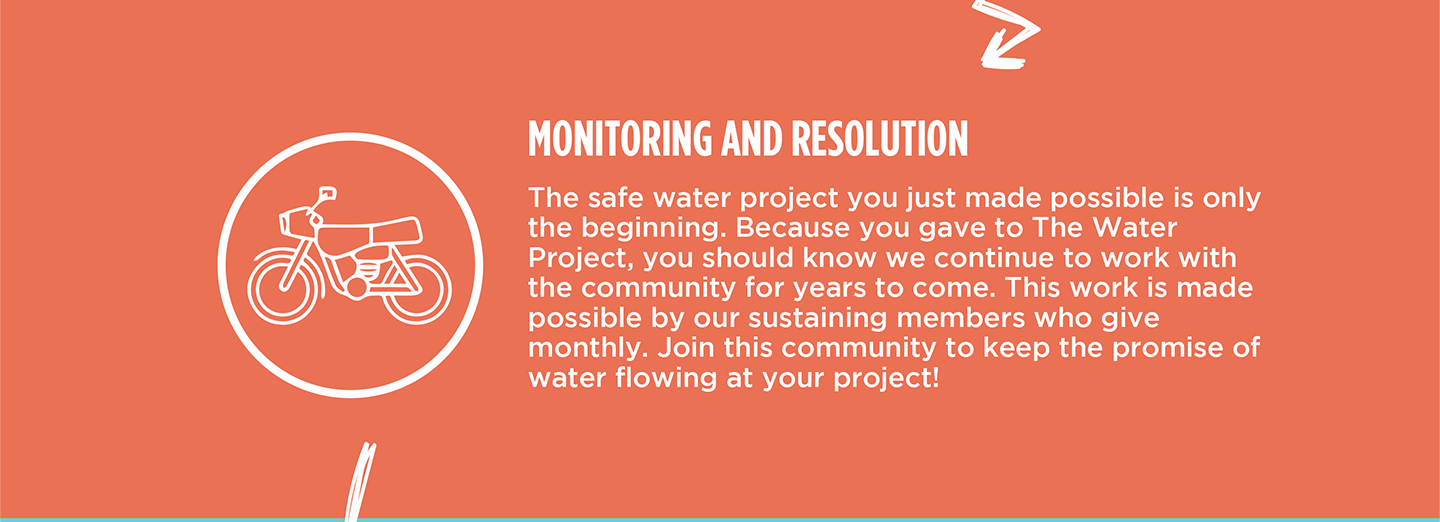The Mwitsayi Community, with almost 400 residents, is busting at the seams. The Mwitsayi Spring, the community's primary water source, is hardly a formal waterpoint. Though once protected, the spring no longer offers hope but dread.
Field Officer Christine Masinde shared, "This waterpoint serves a significant number of people. Initially, it was protected by a political aspirant, but now the discharge pipes have been damaged and removed. Currently, the community members have employed a makeshift solution, using a banana stalk to direct water flow into containers. The drainage is clogged, leading to stagnant water collecting at the drawing point. People are forced to step directly into [the] water while fetching. This environment poses health issues due to potential contamination. Poor drainage contributes to [the] unhygienic state of the spring. The spring box is in significant despair, and the staircases are damaged too."

The state of the spring is dire, leaving community members reeling from water-related illnesses.
Josephine Indevhe, 28, has lived with the consequences of this spring, watching it affect her family, and knowing there is no way to stop it.

Josephine stands in the stagnant water at the spring, a requirement to collect it.
"This spring is our only source of water, but it brings us more sickness than health. Just a few months ago, in the middle of the rainy season, my child fell terribly sick. It started with a high fever, then came vomiting and diarrhoea. It was heartbreaking to see my child suffering. I knew it was the water because of the current condition of the spring!" she shared.
"Drinking water that harms me and my family's health is a source of immense fear, hardship, and constant struggle. It is [a] direct threat to my children and the well-being of my entire family. It is a daily nightmare that I desperately want to end," Josephine exclaimed.
Treating the illnesses that besiege her family is often a luxury. "When I have money, I go to a local healthcare facility that is 3 kilometres (almost two miles) away for treatment. This means losing a day's work and spending money I barely have on transport and medicine. Almost every family in Mwitsayi has a similar problem of water-related diseases and challenges in getting treatment," she lamented.

Josephine and other women haul water home.
To add to her burden, when she or her family is sick, it limits her ability to accomplish her crucial tasks, such as tending her home or garden, which helps put food on the table and provides income. This is just another part of her life waylaid by the water crisis. The same thing that causes physical harm to them is the thing they can't live without.
"When I get sick, I miss attending to my house chores and farm activities, which is a major livelihood in our community. This means lost income that could have been used for food and other necessities," she explained.
When you think that's where it ends, another symptom of the water crisis rears its menacing head. Due to the state of disrepair at the spring, not only is the water unsafe to consume, but community members have to queue for hours at a time to collect it. They rarely collect enough water in the first trip, as they have to haul it up a steep hill to get home. Meaning multiple trips, hours and hours wasted standing in line, all for water that detracts from their quality of life.

Waiting for their turn to collect water.
"The longest I have queued as I wait for my turn to fetch water is 4 hours! This was during dry seasons when other waterpoints run dry, and everyone comes to this spring. I did not have any water in the house, so I had to wait in line for my turn to fetch water. To avoid such long queues, one has to sacrifice their sleep and wake up as early as 4 am to go fetch water," she added.

The treacherous uphill journey home.
Repairing their spring means protecting their health, livelihood, and futures. Josephine dreams of a world where she has time to be with her kids in meaningful ways every day; where a water crisis doesn't steal that from her.
"I would have more time to take care of my children and help them with their homework without the constant worry of water collection hanging over me," she shared.
"Water is everything to us. We need it for drinking, cooking, bathing, and keeping our homes clean. We do not need just water, but safe and clean water," asserted Josephine.
Steps Toward a Solution
Our technical experts worked with the local community to identify the most effective solution to their water crisis. They decided to safeguard the existing flowing spring.
Spring Protection
Springs are natural water sources that originate from deep underground. As water travels through various layers of the earth, it undergoes a natural filtration process, making it cleaner and safer to drink. To protect these spring sources from contamination, we construct a waterproof cement structure around layers of clay, stone, and soil. This design channels the spring water through a discharge pipe, facilitating easier, faster, and cleaner water collection.
Chlorine Dispenser
As an extra measure towards water quality safety, uniquely engineered chlorine dispensers are installed at all of our spring protection projects so community members can treat their water with pre-measured doses of chlorine. The chlorine treats any possible contamination and stays active for two to three days, ensuring water stays safe to use even when stored at home. Chlorine delivery and maintenance of the dispensers are part of our ongoing community support.
Community Education & Ownership
Hygiene and sanitation training are integral to our water projects. Training is tailored to each community's specific needs and includes key topics such as proper water handling, improved hygiene practices, disease transmission prevention, and care of the new water point. Safe water and improved hygiene habits foster a healthier future for everyone in the community. Encouraged and supported by the guidance of our team, a water user committee representative of the community's diverse members assumes responsibility for maintaining the water point, often gathering fees to ensure its upkeep.

 Protected Spring
Protected Spring
 Rehabilitation Project
Rehabilitation Project












